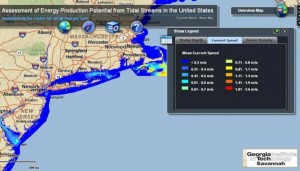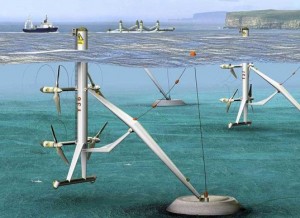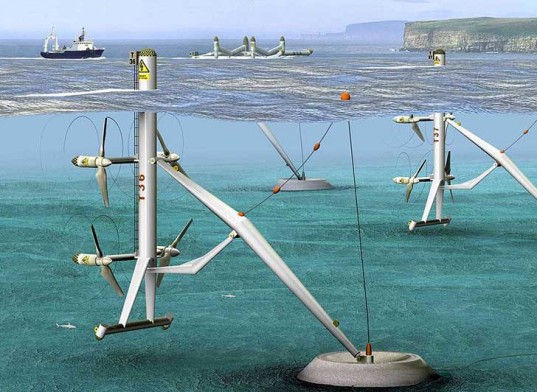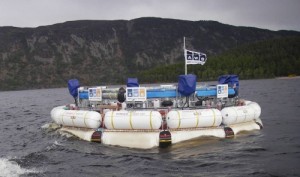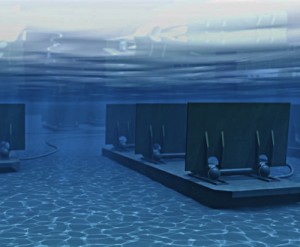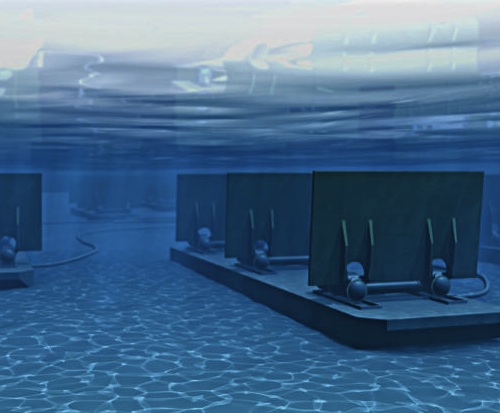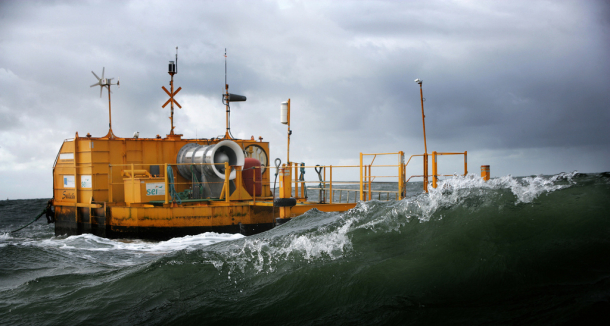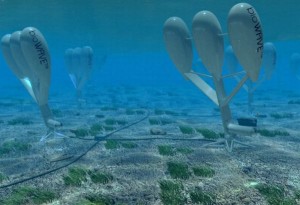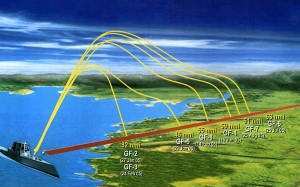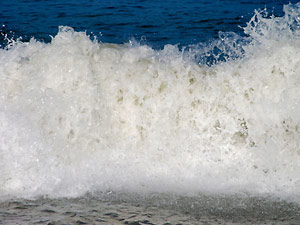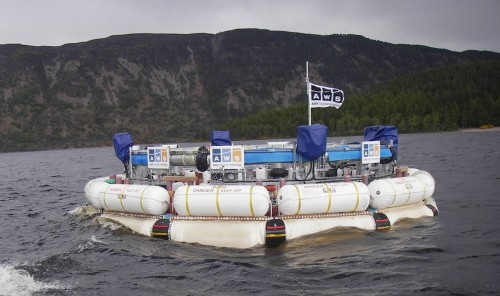
France’s Alstom and Scotland’s SSE Renewables, on Jan. 17, announced the world’s largest ocean wave energy development project to date. The partners’ plan for the Costa Head Wave project calls for floating arrays of AWS Ocean Energy’s AWS-III wave turbines with total clean, renewable electricity-generating capacity as high as 200 megawatts (MW) to be installed in waters ranging from 60-75 meters (198-247.5 feet) deep about 5 kilometers off the coast of Orkney Main Island, according to a joint press release.
It will likely require three or more years of dedicated effort to get to the large-scale deployment stage, however. The Costa Head project will serve as the commercial proving ground for the full-scale, 2.5-MW AWS-III floating wave energy devices and AWS Ocean Energy system. A 1:9-scale prototype underwent testing at Loch Ness in 2010. Full-scale component testing is due to take place this year with support from the WATERS fund administered by Scottish Enterprise, and full-scale prototype testing is planned to take place at the European Marine Energy Centre in 2014.
(more…)
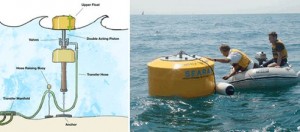
 Follow
Follow